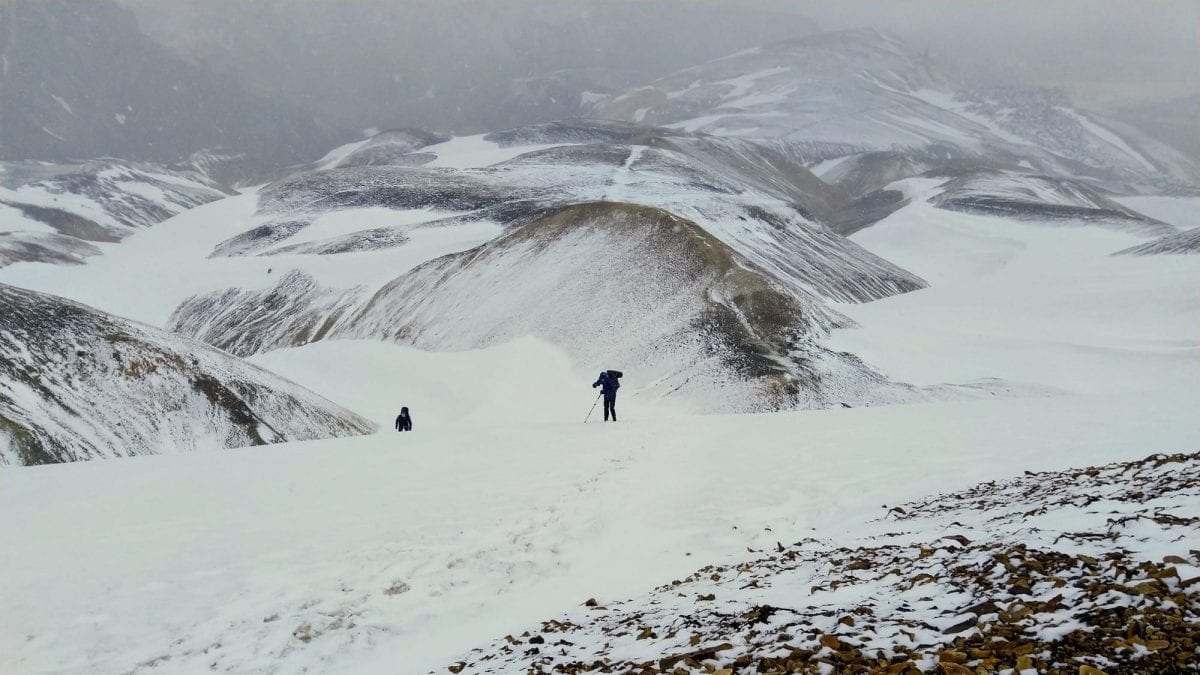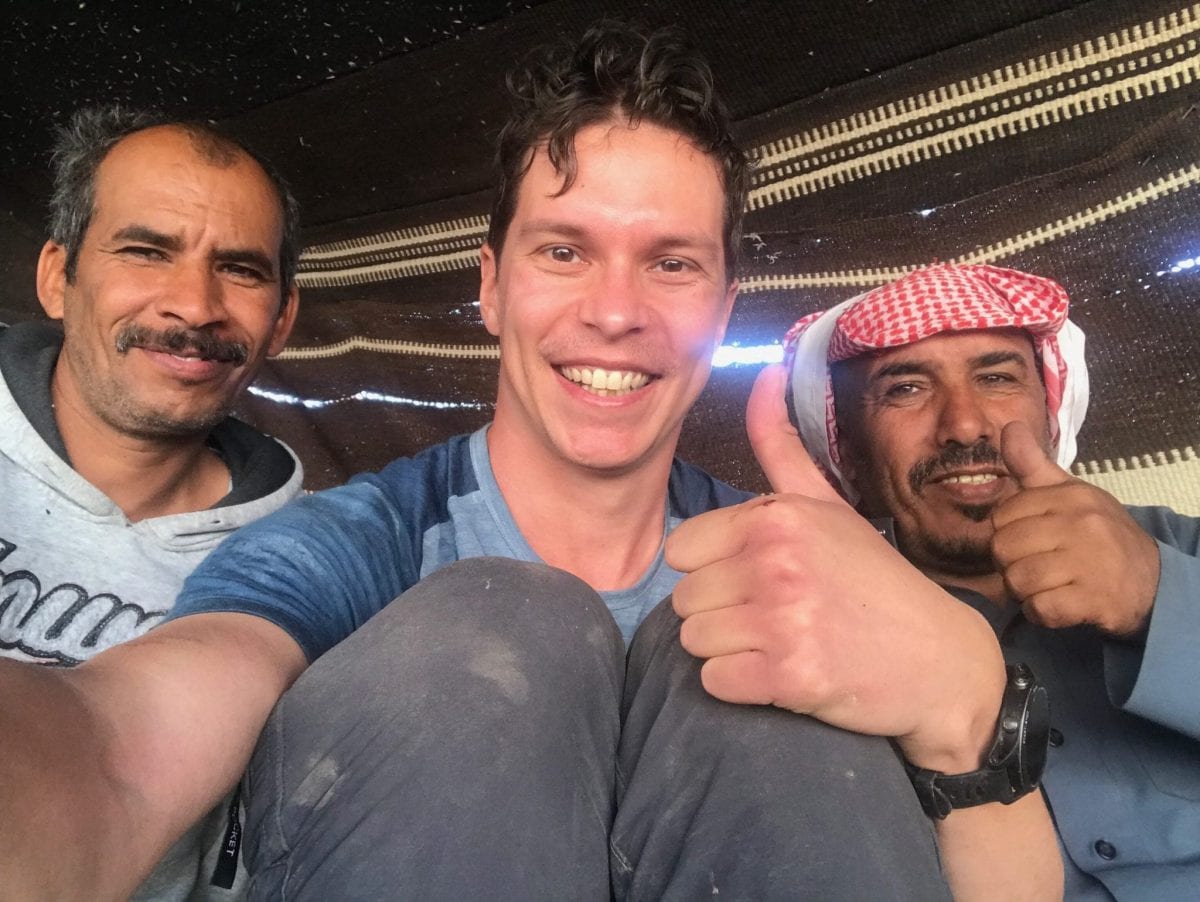A study of 1,000 adults for UK-based holiday rental home insurance provider Schofields revealed (see the Travolution post) that just over 40% of respondents valued how their holiday will appear to their friends and families as the most important factor. In other words: more than 40% of adults think ‘Instagrammable destinations’ is the most important thing … really?! I recently wrote a post on how this is a good thing. Now hear me out on how this is a serious issue.
Instagrammable destinations – the bad way
In the slipstream of this Instragrammable movement, much has been written about the dangers of taking selfies during holidays, about influencers and about over-tourism. For example, the closing of beaches like the one from The Beach, but also the impact a large group of hikers had on the Arctic Circle Trail (you can read all about it in the Facebook group).
Instagrammable destinations – Horseshoe Bend
Online magazine Vox recently wrote an eye-opening article on how Instagram (and Instagrammable destinations) can damage the natural landscape.
Case presented: Horseshoe Bend. Horseshoe Bend used to be a little-known roadside view of the Colorado River in Page, Arizona. But if you look at yearly satellite images of the trail that leads to the river, you can see the spot undergo a pretty dramatic transformation. In 1992, the trailhead is an empty dirt patch — and in 2018, it consists of two adjacent parking lots overflowing with cars and buses. The spot went from a local secret to a viral tourist destination. Horseshoe Bend is now one of many hidden natural treasures across America that have become too popular for their own good. And these spaces that become popular after being geotagged often require extensive redesign to protect visitors and the environment.
Digital popularity is resulting in physical changes in what these places look like — and it’s raising serious concerns about how crowds and construction can damage the natural landscape.
Instagrammable destinations – Our way forward
One of the reasons why I believe so strongly in the concept of omakase if because it lets you discovered undiscovered places, food and makes you venture away from all these Instagrammable destinations.
Maybe the most sustainable way of traveling is not traveling at all. But as we are all making the trade-off between travel wants, travel needs and our lifetime responsibility to keep the earth a liveable place – we’ll have to make our own choices and the right choices.
Several things to keep in mind when traveling.
- Being aware – Let’s avoid creating more and more Horseshoe Bends. Be aware of where you’re traveling and what the impact is.
- Zero waste – It is alarming to see how many people do not have the decency to clean up their own mess when they are hiking. In the most remote areas, you will cans, wrappers of power gels, etcetera. These can have a lasting impact on nature and wildlife (e.g. sand dunes that form based on plastic bags, animals that get stuck in plastic wrappers). I am very well aware that taking your trash back with you isn’t always easy, but hey … life isn’t always easy. There is plenty of gear that makes it easy to take your trash back, e.g. trash compression bags. Read my post on zero waste on the trail.
- The greener option – In many cases, travel is about options. Stay at home or travel. Travel by train or by car. The sustainable hotel or another one. Re-use your towels or have them replaced every day. Buy throw-away gear or gear that lasts a lifetime. Sustainable clothing or synthetic ones. Meat or vegan. If you have the choice, take the greener option.
- Green travel – Try the greener options.
What are your thoughts?







6 comments